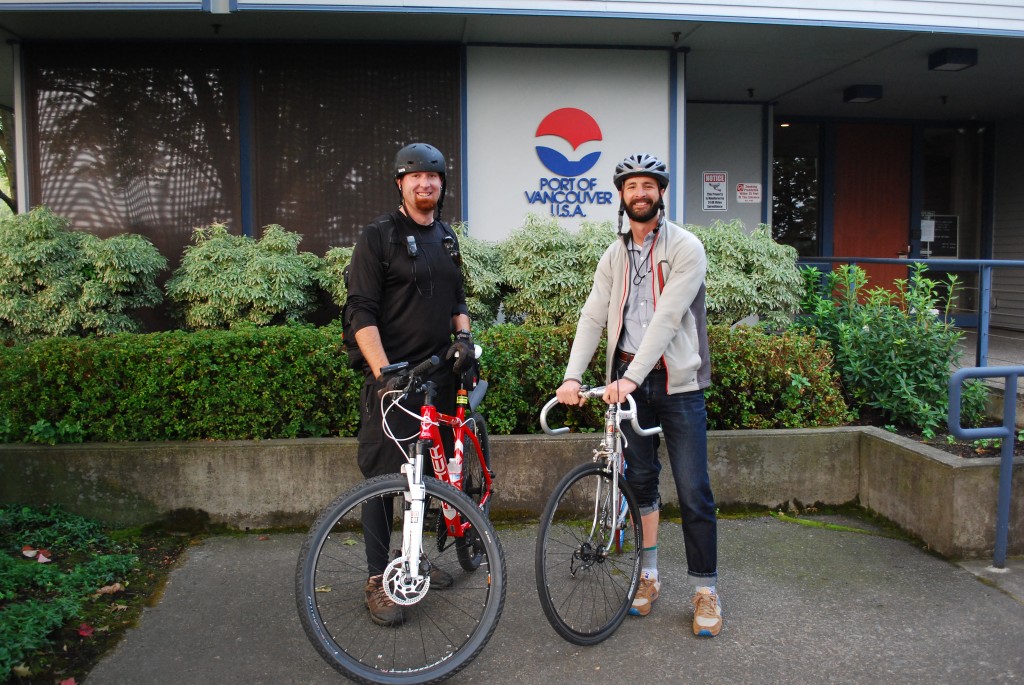Port administrative office is closed for renovations. For information on commission meeting and public tour location changes, click here.
The Port of Vancouver USA will be closed for receipt and delivery of cargo on Friday, July 4th and Monday, July 7th in honor of the Independence Day holiday. Saturday, July 5th is an ILWU No-Work holiday, so there will be no cargo activity. The admin office will also be closed on July 4th.
At the Port of Vancouver USA, we’re working to reduce emissions and improve air quality as part of our broader sustainability goals. Our Climate Action Plan guides efforts to cut greenhouse gases and support the region’s clean energy future.
Sustainable Energy Sources
We handle wind energy components and purchase renewable energy certificates.
Alternative fuels and hybrid vehicles are considered for fleet upgrades.
We’re a founding member of the Columbia River Clean Diesel Project.
Using Less, Doing More
Energy-efficient lighting upgrades save over a million kilowatt hours annually as part of our participation in the Clark Public Utilities Commercial/Industrial Lighting Incentive Program.
Smart lighting systems reduce unnecessary use and light pollution.
LEED-tested window film helps regulate building temperature and prevent bird strikes.
Smarter Transportation
We support bike commuting with indoor parking, showers, and trails through our commute trip reduction program.
Anti-idling campaign helps reduce vehicle emissions onsite.
Security staffing helps reduce wait times and cut emissions at our gate.
Modernizing Our Fleet
We’ve added hybrid vehicles and installed an EV charging station used regularly by staff and visitors.
Our vehicles and equipment are routinely evaluated for cleaner, safer, and more efficient replacements
Greener Buildings
We prioritize sustainability in both new development and retrofits.
Terminal 1 is designed to LEED Gold standards for energy and transportation efficiency.
The Centennial Industrial Building is Green Globes Certified and EV-ready.
Reducing Waste
We reduce landfill waste by purchasing refillable or reusable supplies.
Contractors are encouraged to prioritize recyclable materials.
Education & Engagement
Our Tenant Environmental Management Program promotes responsible practices.
Free public tours highlight our commitment to clean air and sustainability.
For further details, find the clean air flyer here.
 Commute Trip Reduction Program
Commute Trip Reduction Program
The Port of Vancouver USA supports commute trip reduction through ride-matching resources, Bike to Work Week events, and commuter challenges. We’ve built portions of the bicycle and pedestrian trail along SR 501 to connect with major transportation routes. To support active transportation, the port offers indoor bike parking and showers for employees, along with outdoor racks for visitors.
3103 NW Lower River Road, Vancouver, WA 98660
PHONE360-693-3611 FAX360-735-1565 EMAIL info@portvanusa.com
SCROLL
